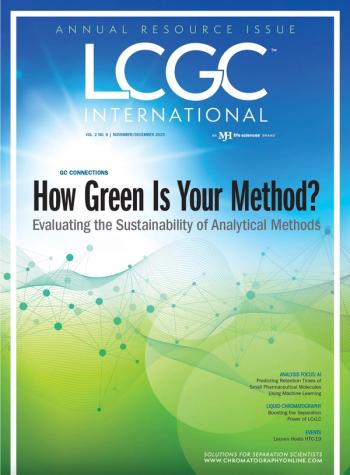
- The Column-12-06-2011
- Volume 7
- Issue 22
Rye bread benefits
A recent study has been carried out to examine why postprandial insulin is lowered following the intake of rye bread compared with wheat bread.
A recent study has been carried out to examine why postprandial insulin is lowered following the intake of rye bread compared with wheat bread.1
A sourdough fermented endosperm rye bread and a standard white wheat bread were served to 16 healthy subjects, in test portion sizes of 50 g. Blood samples were taken over 4 hours to measure glucose and insulin concentrations. Gastric emptying rates were also measured. Changes in the plasma metabolome were examined by applying a comprehensive two-dimensional gas chromatography coupled to time-of-flight mass spectrometry metabolomics platform.
It was found that plasma insulin response to rye bread was lower than to wheat bread at 30, 45 and 60 min after intake, and plasma glucose response was significantly higher at 90 min after rye bread intake than wheat bread intake. The starch hydrolysis rate was higher for rye bread than wheat bread, contrary to the in vitro protein digestibility.
The study concluded that there were potential health benefits in rye bread linked to the changes in plasma amino acids and metabolites.
1. Kaija Poutanen et al., Nutrition Journal, 10, 116 (2011).
Articles in this issue
about 14 years ago
Something fishyabout 14 years ago
Tips & Tricks: GPC/SEC Is This Real? Unexpected Peak Shapesabout 14 years ago
Market Profile: GC‒MSabout 14 years ago
Improved HME detectionabout 14 years ago
Instrumental Innovationsabout 14 years ago
CZE assists in drug detectionNewsletter
Join the global community of analytical scientists who trust LCGC for insights on the latest techniques, trends, and expert solutions in chromatography.



